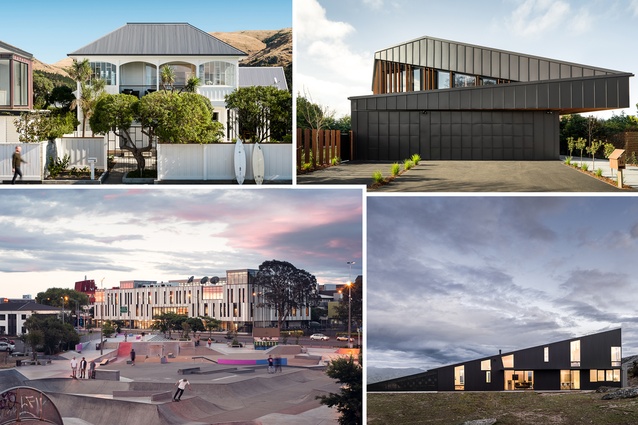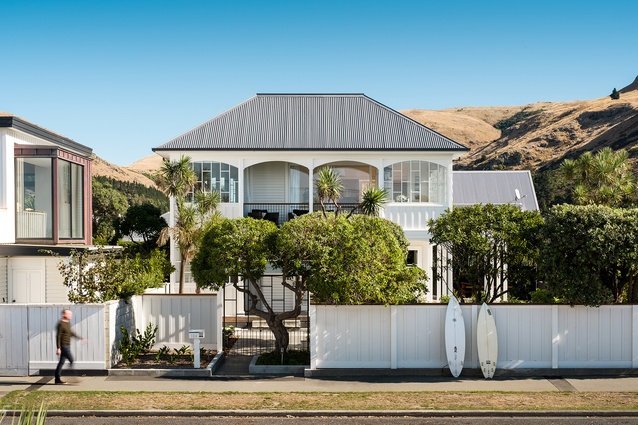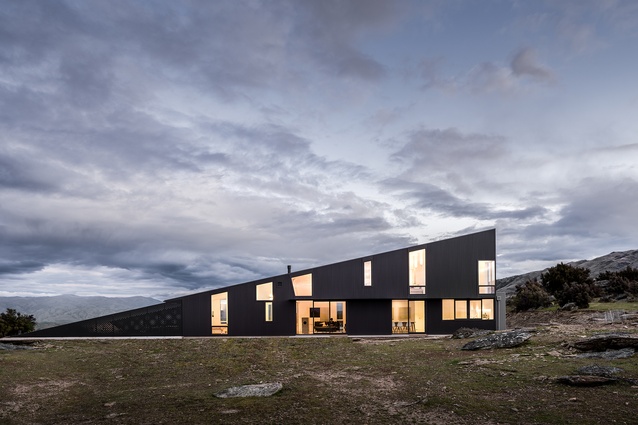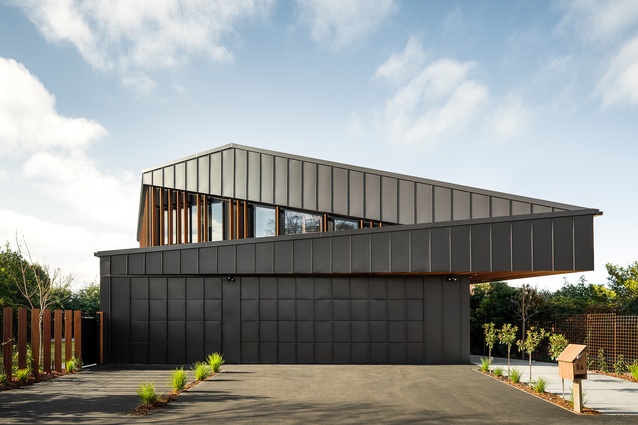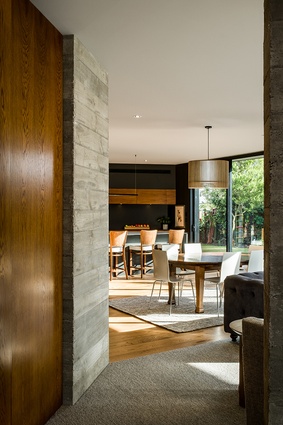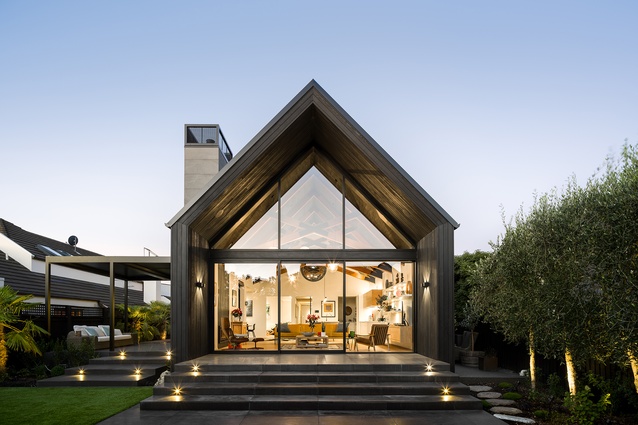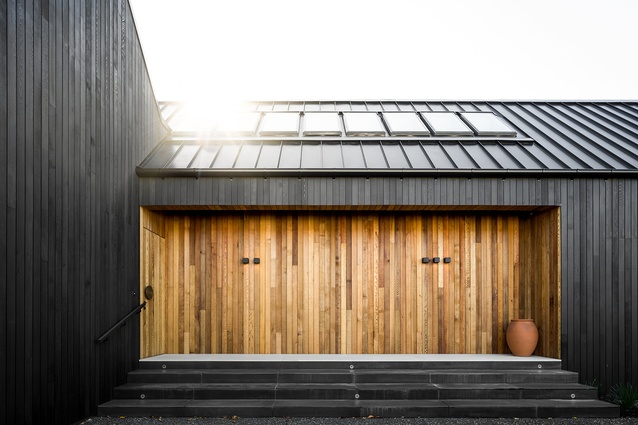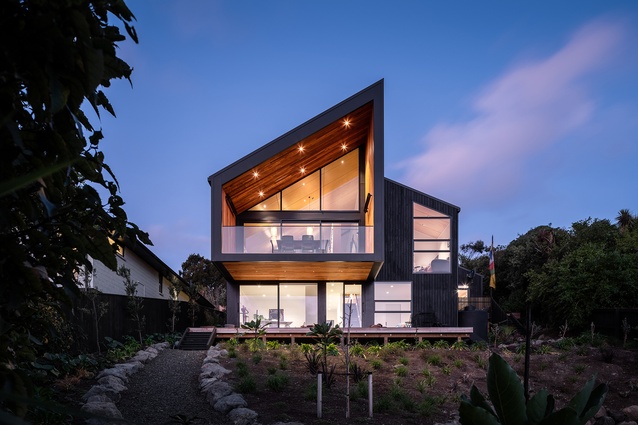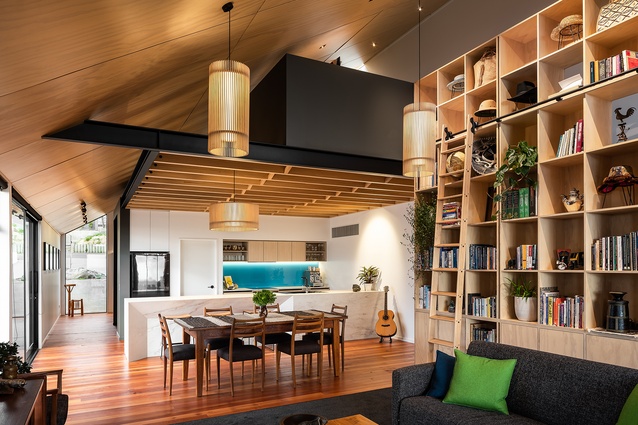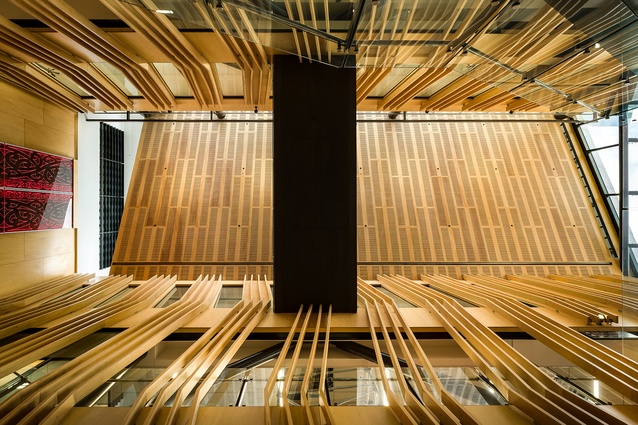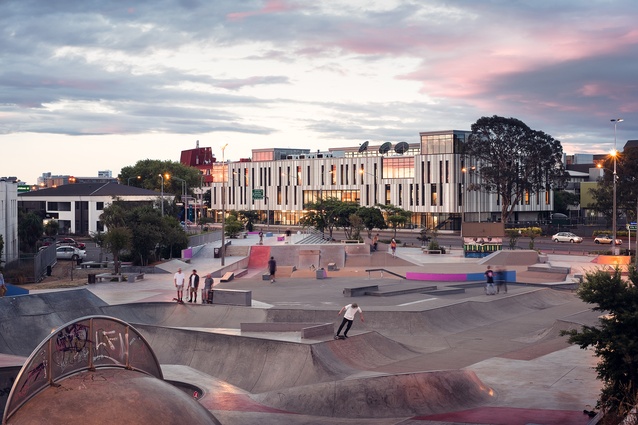Viewfinder: Top shots with Dennis Radermacher
Christchurch-based architecture and nature photographer Dennis Radermacher discusses his favourite images and techniques for capturing a project.
Federico Monsalve (FM): I hear that part of what brought you to New Zealand (from Germany) was the mountains?
Dennis Radermacher (DR): Standing on a mountain that no one else is standing on has a lot of appeal. Try that in the European Alps! When I first came to New Zealand I pointed at random peaks along the road and asked the locals if I could climb up a hill if it did not have a track. They did not even understand the question since it is a free for all here (in most circumstances). I just love that!
FM: What attracts you to the outdoors?
DR: I enjoy stepping out of my regular life into something simpler. When I walk in the backcountry my priorities switch to basics like food, shelter and wayfinding. Experiencing this simplicity is a thing of beauty. We really have something special in New Zealand’s nature.
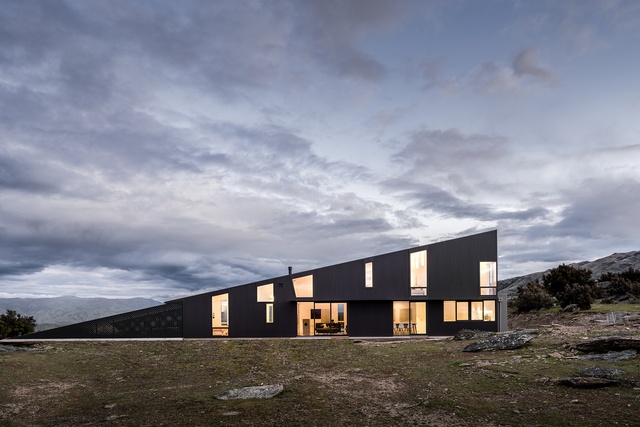
FM: Tell us about some of the projects you selected as your favourite for this series.
DR: One of my favourites last year was a renovation project that I photographed for Linetype Architectural. For those not familiar with Christchurch locales, Sumner is the Bondi Beach of the South Island. Right across from the beach an old villa that started its life as a ‘home for spinsters’, if you can believe it, received a much-needed refresh. I just loved how Ben Brady preserved the flair of the place by seamlessly carrying its stylistic elements into the future. The residence just bursts with the qualities that exemplify its environment and the bright look photographed like a dream.
Shark House by First Light Studio was the polar opposite to a heritage project. The space is uncompromisingly temporary in the way it embraces geometry and unusual design choices like its seamless skylights and triangular kitchen. Shark House is designed to leave no doubt about its intentions, and I had a little bounce in my step while shooting a space this vibrant.
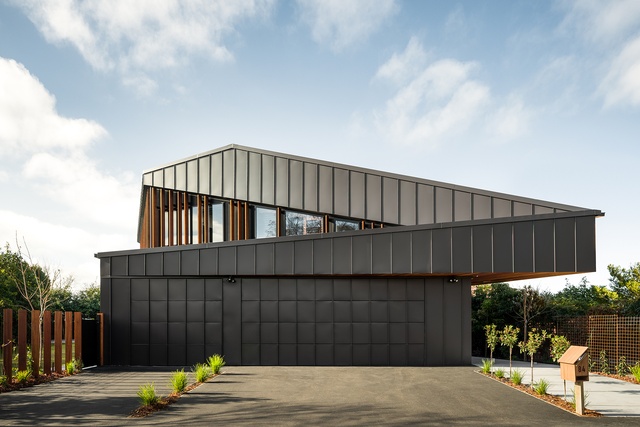
The University of Waikato’s new Tauranga campus is a great example of the type of projects that I spent most of my last year with. The space is a cornerstone project for Tauranga’s CBD and was designed in close cooperation between Jasmax, the University of Waikato and Ngai Tamarawaho. While there is a lot of pressure in having to represent a space deserving of hundreds of photos in just a few captures, I find if particularly rewarding to work with large teams of architects and, in this case, volunteer models. Due to its scope and number of stakeholders I was on the edge of the seat when I delivered the images. Luckily, the client was happy with my work and the campus has since won several NZIA and LEA [Learning Environments Australasia] awards.
A worthy project to close with is the Wanaka Wedge by Actual. In my opinion, there are two ways to embed a house into a spectacular landscape: It either merges or it stands out. Jeffrey Day did the latter and achieved a sculptural result that mimics the slopes of the rugged Otago hills that it is surrounded by. The opportunities to capture a space like this are endless. In preparation for the project I explored the area in virtual reality, which really helped me to better understand the environmental context. In addition, I was well fed and entertained by lovely hosts, which is always a welcome bonus after a long day of shooting.
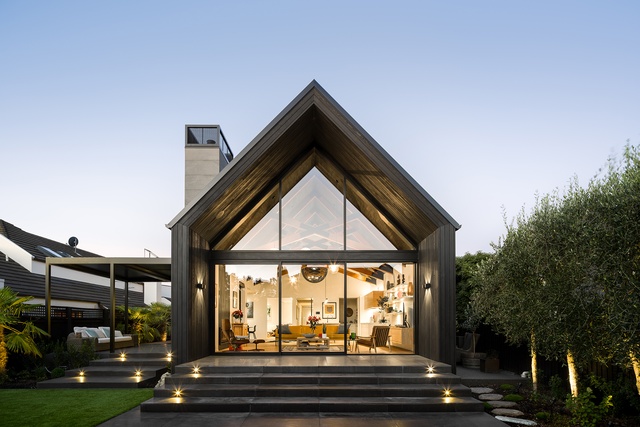
FM: How do you see your German upbringing as having influenced your photography in New Zealand?
DR: Believe it or not, I only picked up photography after I moved to New Zealand. Nothing in my home region stimulated my love for photography. The Rhine-Ruhr area is a densely populated former industrial hot-spot with little nature and a surplus of cheap, post-war architecture.
If anything, it is the meticulous approach to my craft that I would attribute to my heritage. Striving for perfection, for better or worse, is just hammered into kids back at home. Over time I have managed to let go of some of that since I really do not want to drive the natives insane!
FM: How is the natural light of New Zealand different from what you are used to?
DR: One of my first impressions of New Zealand was how much bigger the sky seemed. Whether that is a result of lower density urban centres or entirely my head I cannot say; light here is very location dependant. Canterbury skies are often dry with little light scatter, which results in piercing light conditions and hard shadows. In higher humidity environments, like Auckland, the extra moisture softens the light and creates more forgiving conditions.
Often, Christchurch’s sunsets are so spectacular as to be too distracting from the architecture, but I would consider that a luxury problem! Apart from that, it is probably terrain features that are different. Where home is flat as a pancake, New Zealand’s ups and downs can influence a shoot heavily.
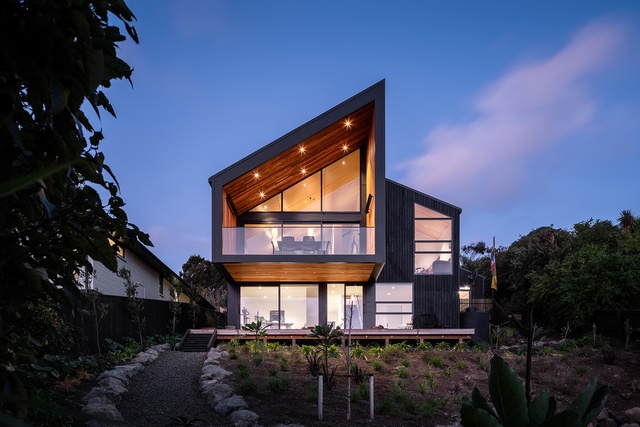
FM: Your work often appears in nature magazines and has received awards for landscape photography. What is the biggest personal difference in how you approach a nature landscape vs a building?
DR: To say that architectural photography is landscape photography with buildings is an oversimplification, but it certainly has some truth to it. The main difference lies in environmental context. In architectural photography, I place a bigger emphasis on showing how my subject matter connects to its surroundings and how people exist in the resulting space. When the stars align, the result is a fusion of building, environment, people, light and a dollop of warm, fluffy feeling.
FM: Do the two disciplines intersect?
DR: Architectural exteriors and landscapes are both entirely at the mercy of ambient light. While I can influence light conditions on interiors with my own lighting, religiously monitoring and, if necessary, postponing shoots is the bane of my existence in both genres. I sometimes joke that my job as a photographer has turned me into an amateur meteorologist.
Architectural photography usually provides a more clearly defined subject matter than pure landscape photography does, but the way a photographer deals with either is remarkably similar. Planning, compositional groundwork and a little luck play a role in both.

FM: Print media in New Zealand has suffered major losses during the COVID pandemic. Add to that a digital, architecture-media business model that says: ‘once a photo is on the public realm… anyone can use it’. Is the standard business model for photography dead?
DR: That question has been bouncing around my head since I started in photography. I have seen a lot of photographers, myself included, struggle with the shift in mindset around image ownership and fair use. Fairness is a euphemism anyway since copyright is treated as optional by a lot of new media outlets.
Photographers must think on their feet when it comes to trends around content consumption and identifying new revenue streams that are not necessarily as straightforward as being a hired camera jockey. I recently stopped fighting a lot of battles that just could not be won and instead focussed my energy on more promising opportunities. I have slept a lot better since.
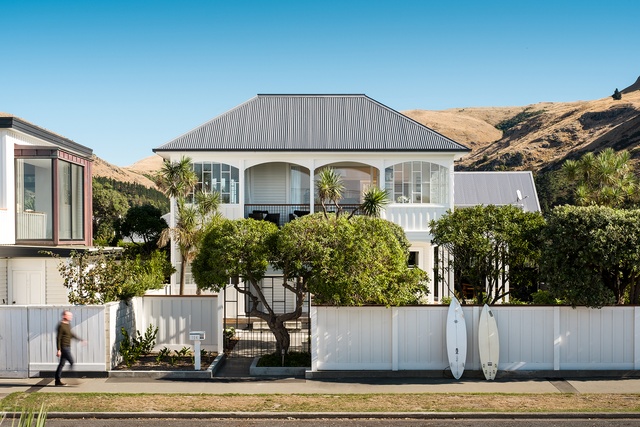
FM: Have you seen interesting new models emerging, is there anything out there that seems to be fair to creatives but also accepts the challenges presented by social media and architect-pays models?
DR: Photographers are a notoriously secretive bunch around their business models, so it is hard to tell what solutions are out there. I have certainly seen models that I would not consider sustainable in the long term.
It is unfortunate that so much onus is on architects to pick up the bill for the entire content consumption chain. We have all witnessed the recent squeeze on print publications due to ever diminishing ad revenue. My clients seem to be cognisant of the fact that the cost associated with editorial publication has shifted into their marketing budgets. I try to ease their pain somewhat by constantly adding more value into my services.
An argument can be made whether any of this is fair, but in the end, we all share responsibility for the way in which we like to consume free media on the internet.
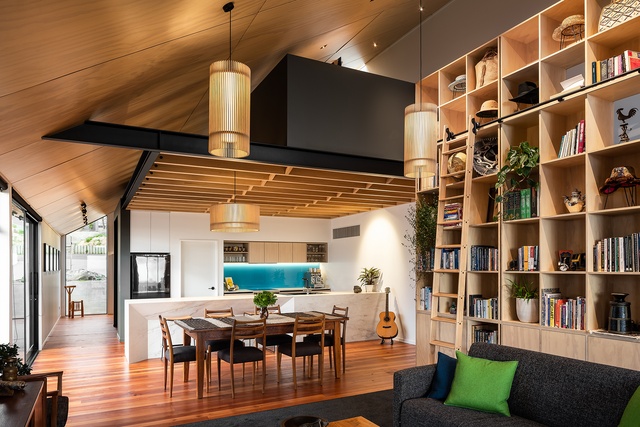
FM: Tell us about your post-production techniques… What about a project makes you decide how to treat an image?
DR: Luckily, that is a decision that takes care of itself. Wherever possible I embrace the conditions that I find, be it the general ambience or light conditions on the day. From there it is simply a matter of taking the natural look of the images and emphasising what it is already there.
See more of Dennis Radermacher’s work at lightforge.co.nz.

